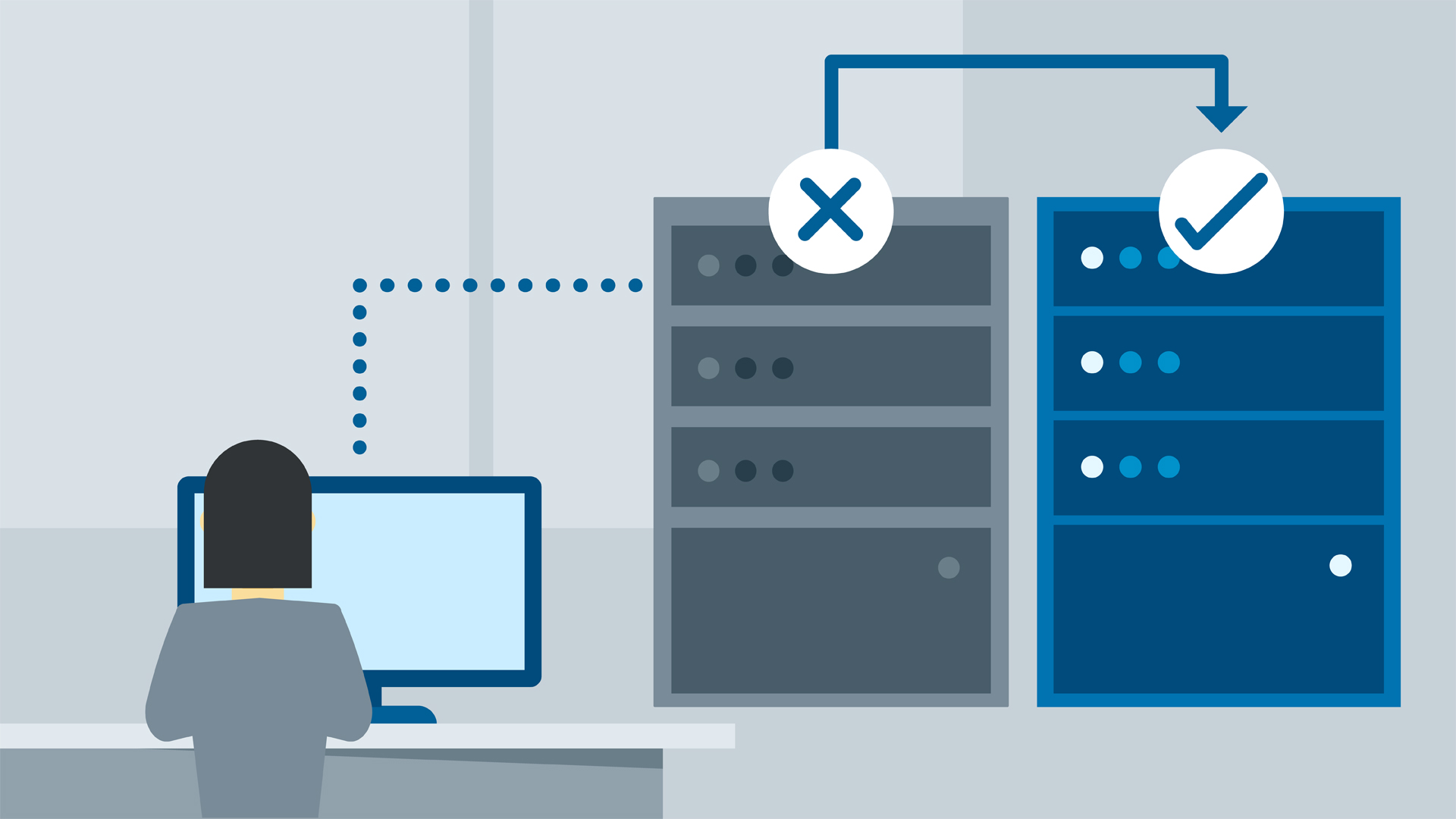What is server clustering and how does it work?
- May 18, 2018
- 0
A cluster as the term implies has two or more computers working at the same time. Each computer involved in a cluster is called a node and has its own properties like hard drives, RAMs, CPUs etc. Though each server cluster has its own resources, it is displayed in the network under one host name and has only a single IP (Internet Protocol) address.
In order to provide high-quality services for clients, a group of servers run together to form a server cluster. The advantage of a working in a server cluster is that, if one computer in the cluster fails, the work can be switched to a different computer in a cluster. The server clusters assure that clients have round the clock access to all the relevant server related resources.
Importance of a server cluster
A server cluster is proven to be more reliable, scalable and effective than using a single computer. Server clusters are made mainly for the application that updates its data regularly and for those applications that run in a memory state for a long time. Generally, server clusters are used for servers including files, prints, databases, and messages. A server cluster is capable of dealing with failures like:
- Application software failures and its related service failures.
- Failures in hardware systems like CPU’s, memory, power supplies, etc.
- Website failures caused by natural setbacks, power disruptions, etc.
The main advantages of setting up a server cluster in an organization are threefold:
- Availability
- Reliability
- Scalability
Server clusters cater to availability by providing various applications and services to clients in order to meet the uptime goals of their organization. A server cluster can provide reliability by contributing fault tolerance in case of a failure in the system by getting rid of the particular point of failure through redundancy. Scalability is the ability of a network for future growth.
How does server cluster work?
Server clusters work well for applications that cannot be allocated among multiple servers. Each server included in a server cluster is said to own and control its local devices. Each server also maintains a copy of the particular operating system, its applications, and services that are engineered by the cluster. Every cluster has common devices like disks that are in the common disk supply. A connection media that can provide access to these discs, etc. are also possessed and controlled by one server at a time.
In a server cluster, only one node will be operating at a time. The reason is that each node receives its updates separately. The other nodes are usually kept in a stand-by mode. If any active node happens to fail, the other stand by nodes will take over immediately. This process is possible because all nodes in a cluster are attached to a shared storage system. This shared storage system used by the server clusters is called a quorum. It is said to be the data base configuration of the server cluster. The quorum resource usually contains data like information on cluster configuration, and it keeps a record of the current changes done to that configuration.
Types of server clusters
There are three kinds of server clusters. They are:
- Single quorum device cluster – Single quorum device cluster is also known by the name Standard quorum cluster and is the most commonly used type of cluster. It has multiple nodes with either one or more cluster storage (cluster disk arrays) and has a connection mechanism called “a bus”.
- Majority node set cluster – In this type of cluster, each node manages its own copy of the data configured in the cluster. It is the quorum resource that helps keep the configuration data persistent among the nodes. And hence the majority node set clusters are widely preferred for the use of geographically dispersed server clusters.
- Local quorum cluster – is also known as a single node cluster. As the name suggests, it has only one node and is used widely for the purpose of testing.
Many organizations these days are choosing server clustering as a medium of increasing their server’s uptime. Server clusters are constructed in such a way that the servers included in the cluster can function together. This helps in protecting data, and other applications and its services running even if a server fails to work on one computer. However, server clusters have to depend on IP based network technologies to function.





